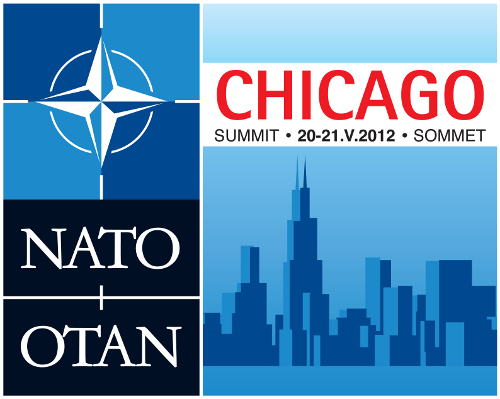
From Anne-Marie Slaughter, the New Atlanticist: Today, NATO is becoming, in the words of its secretary-general, Anders Fogh Rasmussen, “a hub of a network of security partnerships and a center for consultation on global security issues.” It is a “globally connected institution,” with more than 40 individual country partners and growing ties to other international organizations.
Indeed, the country partners include all of Europe’s non-NATO countries, such as Austria, Switzerland, Finland, and Sweden, and aspiring and possible NATO members such as Bosnia, Serbia, Macedonia, Ukraine, Belarus, and even Russia. Virtually all of the Central Asian countries – from Turkmenistan to Kazakhstan, as well as Armenia, Azerbaijan, Afghanistan, and Pakistan – are partners, as is the entire Maghreb, from Morocco to Egypt, as well as Israel, Jordan, Iraq, Bahrain, Qatar, Kuwait, and the United Arab Emirates. Finally, Pacific partners include Japan, South Korea, Australia, New Zealand, and Mongolia. . . .
f one draws links radiating outward from NATO to all of these different countries and organizations, the result is a security network that has multiple hubs and clusters – much like a map of the Internet or of planets and galaxies. This world is no longer unipolar, bipolar, or even multipolar, because the actors that matter are not single states but groups of states that are more or less densely connected. It is a multi-hub security network, in which the hubs are regional organizations of different sizes and strengths.
This structural shift has enormous practical significance. For starters, it means that not only NATO’s military resources, but also its human capital and practical knowledge in combating many different kinds of threats are available globally. NATO has created a Comprehensive Crisis and Operations Management Center that brings together civilian and military expertise on crisis identification, planning, operations, reconstruction, and stabilization capabilities in ways that are explicitly designed to connect NATO headquarters in Europe to “the networked world.”
Second, NATO’s own identity is becoming that of an alliance that exists to empower – to offer assistance and partnership – as much as to overpower. NATO is no longer just a hammer; it is an entire toolbox of security options. These options include developing counter-networks to meet networked security threats such as terrorism and proliferation of nuclear, chemical, or biological materials, as well as highly decentralized threats such as piracy. As a result, when a crisis like the war in East Timor in 1999 or last year’s political stalemate in Côte d’Ivoire arises, NATO can backstop whichever country or group of countries chooses to take the lead in carrying out a UN mandate. . . .
The immediate topic on the agenda in Chicago will be getting NATO forces out of Afghanistan. But the longer-term subject will be getting as many countries as possible into the global NATO security network.
Anne-Marie Slaughter, an Atlantic Council Board member, is Dean of the Woodrow Wilson School of Public and International Affairs and the Bert G. Kerstetter ’66 University Professor of Politics and International Affairs at Princeton University. This article was originally published by Project Syndicate, and is part of a series of New Atlanticist pieces on NATO’s 2012 Chicago Summit.
Image: NATO-Chicago-Summit-Logo.jpg
